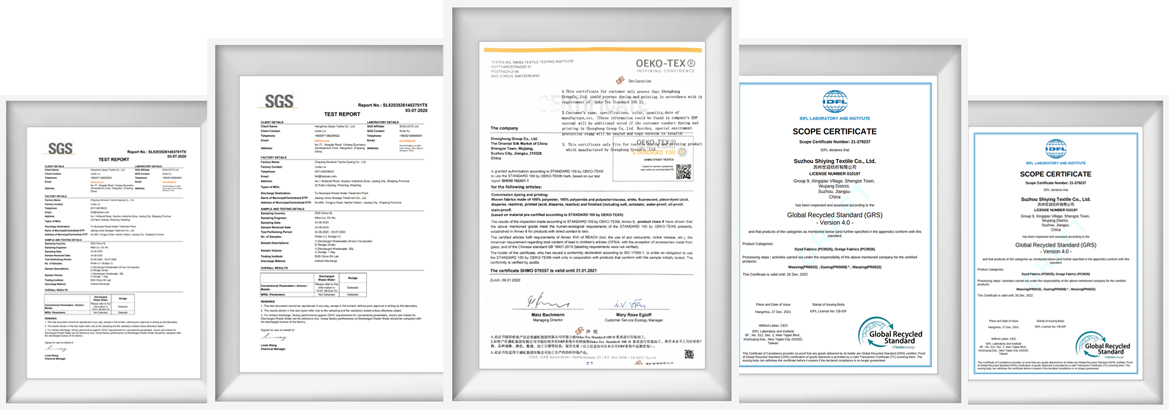Industry knowledge
Dutch velvet, also known as Holland velvet, is a type of velvet fabric characterized by its distinctive appearance and texture. It is named after its production origin in the Netherlands. Dutch velvet stands out for several key features:
Double-Pile: Dutch velvet is often double-piled, meaning it has a dense, short, and evenly cut pile on both sides of the fabric. This creates a luxurious feel and adds to its thickness and softness.
Rich Luster: It has a rich, lustrous surface, and the double-piled texture enhances the sheen and depth of its color.
Silk Content: Traditional Dutch velvet is often made with a silk pile, contributing to its elegant and refined appearance. However, it can also be made with other fibers, such as synthetic materials, to reduce the cost.
Drapability: Dutch velvet drapes well and forms soft, graceful folds, making it suitable for curtains, upholstery, and flowing garments.
Luxurious Appeal: It is associated with luxury and is often used for high-end clothing, including formal dresses, suits, and evening wear, as well as for opulent interior decor.
Elegant Patterns: Dutch velvet can be woven or embossed with intricate patterns, enhancing its ornate and decorative potential.
Warmth and Comfort: The dense pile of Dutch velvet provides warmth and insulation, making it appropriate for cooler weather clothing and cozy home textiles.
Historical Significance: Dutch velvet has a historical legacy and has been used in various periods for formal attire and interior decoration.
How to care and maintain Dutch velvet fabric?
Caring for
Dutch velvet curtain fabric is essential to maintain its appearance and extend its lifespan. Proper care and maintenance help preserve the luxurious qualities of the fabric. Here are some tips for caring for and maintaining Dutch velvet fabric:
1. Regular Dusting:
Gently brush the fabric with a soft, dry, and clean brush or a lint roller to remove surface dust and lint. This prevents particles from settling into the pile.
2. Avoid Direct Sunlight:
Keep Dutch velvet out of direct sunlight, as prolonged exposure can cause the fabric to fade or discolor. Use curtains or blinds to protect the fabric from harsh sunlight.
3. Spot Cleaning:
Address spills or stains promptly. Blot the stain gently with a clean, white, and absorbent cloth. Avoid rubbing, as this can damage the pile. Use a mild, colorless, and non-abrasive fabric cleaner. Always test a small, inconspicuous area first to ensure it doesn't harm the fabric. After cleaning, allow the fabric to air dry.
4. Professional Cleaning:
For more extensive cleaning or stubborn stains, consider professional dry cleaning. It's important to inform the dry cleaner about the fabric's composition and any stains or issues for proper treatment.
5. Fluff and Restore Pile:
Periodically fluff and restore the pile of Dutch velvet by gently steaming the fabric. Hold a handheld steamer several inches away from the fabric and pass it over the surface to lift and rejuvenate the pile.
6. Protect Against Pets:
If you have pets, use covers or throws to protect Dutch velvet from pet hair, scratches, and stains.
7. Storage:
When storing Dutch velvet items, keep them in a cool, dry place away from direct sunlight. Use breathable fabric covers to protect against dust. Ensure proper ventilation to prevent moisture buildup, which can lead to mildew.
8. Avoid Ironing:
Avoid ironing Dutch velvet fabric. If necessary, place a clean cloth or a pressing cloth between the iron and the fabric and use the lowest heat setting without steam.
9. Rotate and Reorganize:
If using Dutch velvet for upholstery, cushions, or pillows, periodically rotate and reorganize them to ensure even wear and prevent one area from becoming flattened.

 中文简体
中文简体



